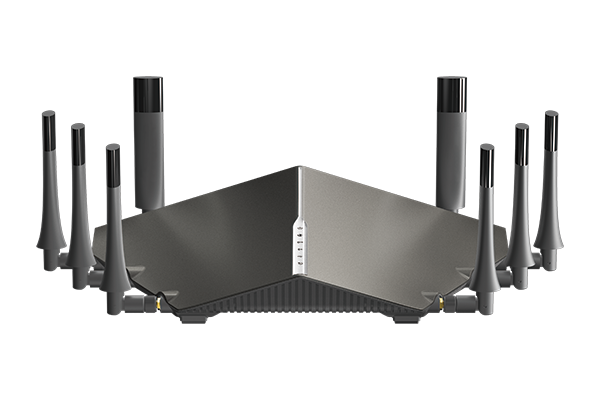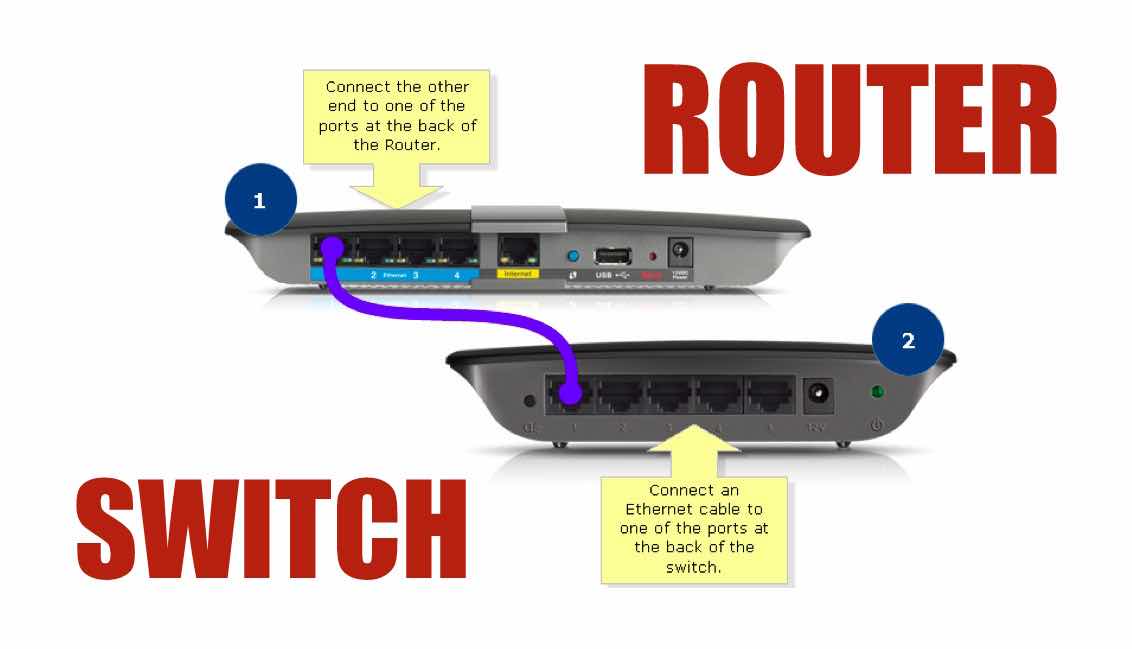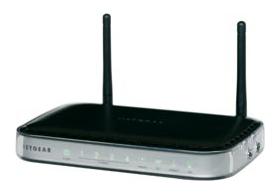


However, if your family tends to do a lot of gaming or streaming video, a dual-band router could be a better option for you. There are several factors to think about if you’re considering buying a dual-band router.įirst, how does your household use the internet? If you’re a single person and use WiFi for low-bandwidth activities, like browsing social media and chatting with friends, you might not need a dual-band router.
MODEM VS ROUTER WIKIPEDIA HOW TO
How to know if a dual-band router is right for you

MODEM VS ROUTER WIKIPEDIA UPGRADE
5GHz band will slow down as more people upgrade their routers.Unnecessary features if you’re only using WiFi for basic tasks, like internet browsing and checking email.Higher-speed 5GHz band might not be compatible with your older devices.More expensive than single-band routers.Ability to connect to newer and older devices.Devices automatically connect to the best frequency band (if they’re compatible).Faster speed and reliability than single-band routers.But they might be a worthwhile investment if your household uses WiFi quite heavily. As you might expect, tri-band routers are the most expensive of the bunch. These routers are a good choice if you want maximum bandwidth or require fast and reliable internet in multiple areas of your home. They host one 2.4GHz band along with two 5GHz signals. Tri-band routers are the newest to the market. As a result, you’ll find that dual-band routers offer improved speed and reliability when compared with single band versions. With traffic split across multiple pathways, you’re able to browse the internet or play games with less interference. Dual-band routersĭual-band routers leverage both 2.4GHz and 5GHz bands. This can slow down your WiFi speed - especially since other homes or apartments in your area are also relying on 2.4GHz bands. If you have one of these routers, all of the internet-connected gaming consoles, phones, tablets and other devices in your home will run on this band. What’s the difference between a single band, dual-band and tri-band router? Single-band routersĪs the oldest type of router on the list, single-band routers only include a single 2.4GHz frequency band. Essentially, each band takes on a smaller volume of traffic, so you can have broader coverage while maintaining acceptable speed and connectivity across your devices. As a result, fewer connections operate on this band, and you’ll experience faster internet speeds.ĭual-band routers allow you to split your internet usage between these two bands, offering improved speed and reliability.

Plus, you need a dual-band or tri-band router to use the 5GHz band (we’ll delve deeper into that later in this article). On the other hand, only more modern digital devices are compatible with 5GHz. This is exceptionally true if you live in a densely populated area. Specifically, more devices rely on the 2.4GHz band to connect, so you will likely face lower internet speeds and more interference. By leveraging two bands, dual-band routers give you more flexibility in terms of how you want to connect to the internet. To get there, the signal travels along one of two frequency bands: 2.4GHz or 5GHz.Īs the name might suggest, a dual-band router emits wireless signals on two separate frequency bands (2.4GHz and 5GHz). When you connect a phone, tablet or another WiFi-enabled device to your router, the router transmits a wireless signal to your device. We’ll cover the basics to help you determine if a dual-band router is right for you. This article aims to provide clarity around dual-band routers, including how they work and how they compare to similar products. If you’re confused by the terminology and tech-speak, you aren’t alone. Home internet is a basic necessity, but with so many different options on the market, choosing the right solution can be complicated.


 0 kommentar(er)
0 kommentar(er)
